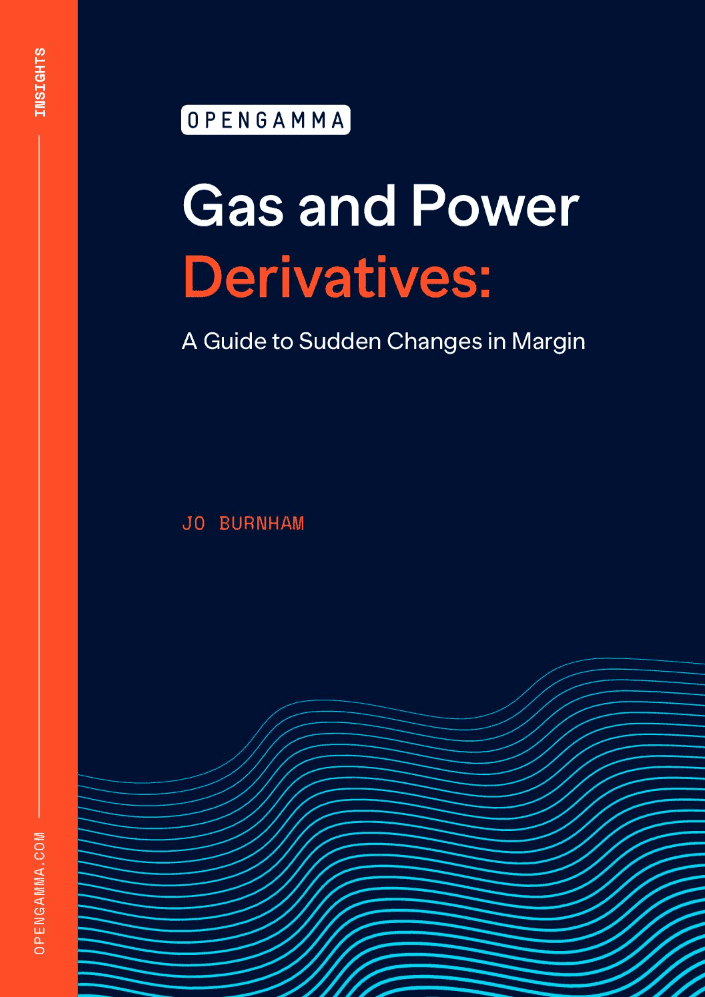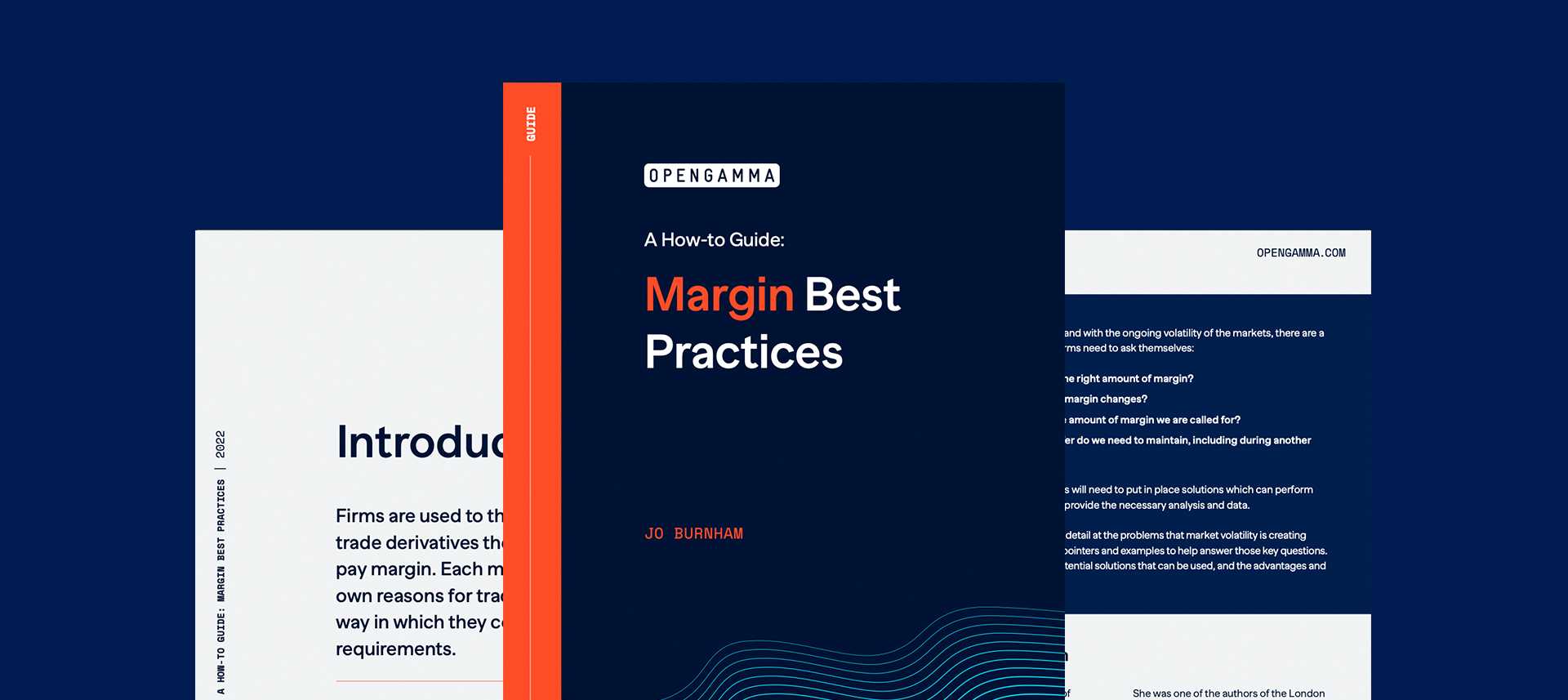Gas and Power Derivatives and Predicting Margin Rates
Despite parameters being published and overviews of the algorithms being available, it can still be difficult to forecast margin changes and predict funding requirements. This is a regular issue Commodity Trading Firms face, where sudden unpredicted changes in margin requirements seem to be a regular occurrence.
For Commodity Trading Firms, spikes in margin requirements can be difficult to predict. There are many causes, some of which are common to all exchange traded derivatives, but others are specific to the commodity markets because of the structure of the products traded, for example cascading gas and power, crack spreads and BALMO.
Most commodity markets currently use SPAN as their initial margin methodology, however this will soon change, beginning with the CME move to a VaR based algorithm. The bad news is that this won’t change the unpredictable nature of commodity margin. Actually, it will become harder to forecast initial margin requirements because of the additional complexity that VaR adds. This is likely to present an even greater challenge for treasurers as they try to forecast their future liquidity requirements.
Changing Margin Rates and The Impact on Margin Requirements
How Are Margin Rates Set
Most Central Counterparty Clearing Houses (CCP) use the same methodology to set their margin parameters, calibrating their SPAN parameters based on VaR. In the Ebook we detail the typical process of how CCPs set margin rates and how seasonality can have a significant impact. Additionally, we discuss how margin rate setting is a set of tiered margin rates.
SPAN Parameters
In this section we go into detail about the three examples of SPAN Parameters, where margin can change based on expiry.
The three SPAN parameters are:
. Scanning Range
Scanning Range is the main SPAN parameter, which is used to calculate the scanning loss.
. Intercommodity Spread
Intercommodity spread is an additional charge to take into account the spread in price moves expected between different expiries.
. Intercommodity Offset
Intercommodity offset is a credit to the overall margin account to take into account expected offsets between positions in different underlying commodities.
What Factors Are Affecting Your Margin Rates In Surprising Ways
There are obvious causes for changes in margin requirements, such as margin parameters changing. However, there are factors that aren’t obvious and are capable of having an impact on the initial margin you are charged with.
These factors are:
. Cascading Contracts
Here we discuss cascading contracts, which break down contracts into smaller ones, and how they impact margin requirements in the future.
. Expiring Positions
Detailing how commodity derivatives moving into delivery can have a significant impact on the level of margin requirements.
. Rolling Positions
Whilst commodity positions are taken to delivery, other traders will roll the positions. This maintains the risk profile of a portfolio, however the impact on margin requirements can be very surprising.
. Margin is Not What Expected
In this section we detail how there are a number of reasons why the margin charged might not be what you expected, based on the specification of the contract.
. Relative Margin Rules
Not all initial margin rates are set as fixed figures. Changes in price can have an affect on initial margin requirements.
. Liquidity Charge
We also go into detail in regards to how liquidity and concentration add-ons can impact Commodity Trading Firms and margin.
The Impact of CME’s Move From SPAN to VaR
With current margin methodologies such as SPAN no longer fit for purpose, CME is intending to move to a VaR based methodology by the end of 2021. That being SPAN 2. In this chapter, we detail which CCPs are making the jump to VaR. The impact of VaR and how the move will impact margin. Plus, the differences between SPAN and VaR.
Download Our Ebook To Understand Changes In Margin Rates
This blog is just a small glimpse into our Ebook. Many firms have experienced unexpected changes in initial margin requirements. Download our Gas and Power Derivatives Ebook where we look into much more detail about how sudden changes in margin can impact Commodity Trading Firms and how it can be dealt with.




